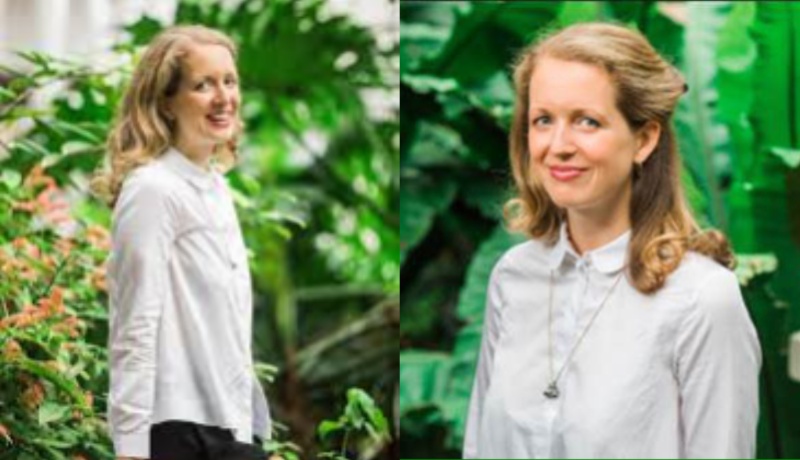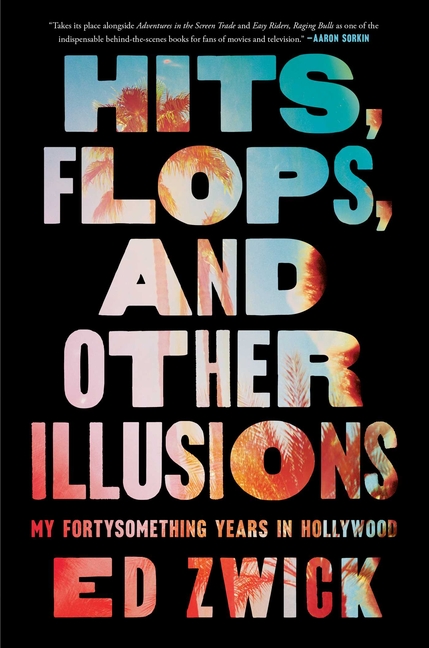Eleanor Nairne has taken over as the head of the modern and contemporary art department at the Philadelphia Museum of Art, replacing Carlos Basualdo, who was appointed chief curator and deputy director in December. Later this month, Nairne will start in her new position.
Nairne joins the PMA after serving as senior curator at London’s Barbican Art Gallery, which presents both performing arts and art exhibitions, for nearly nine years. She oversaw well-received exhibitions during her time there, including a survey of Alice Neel in 2023 and a retrospective of Lee Krasner in 2019, as well as individual shows including artists like Jean-Michel Basquiat and Soheila Sokhanvari.
“During my time at the Barbican, one thing I tried to do was to think very laterally about what is the show we need,” she told ARTnews in a phone interview. “The temptation is to look at what everybody else is doing internationally, and then to think that somewhere in the mix, there’s a show that could be right for you, your institution, your city. But what is the show that people should be doing and they’re not doing, or that they haven’t thought of yet? Developing that practice is, I think, where a more generative curatorial practice comes.”
A permanent collection at an organisation “where the legacy will far outlive you and where you feel like the benefits of that work are not limited to a three-month period while the show is up” is what Nairne found herself thinking about, comparing her experience at the Barbican to working at a kunsthalle, where “you are in the business of making exhibitions.”
Nairne, a specialist in postwar American art, was especially drawn to the PMA’s collection since it contains significant Surrealist pieces as well as extensive holdings of Marcel Duchamp’s artwork, notably his last piece, Étant donnés (1944–46).By expanding the collection, Nairne stated she hopes to build on these characteristics while putting a particular focus on diversity, queerness, and the local community.
“What would it mean for the PMA to be able to be messy?” she said. “What would it mean to present stories that may not be neat, contained art historical narratives? That’s something that I’m interested in doing. I have a deep faith in people’s capacity to hold complex and sometimes contradictory stories.”
ARTNEWS


